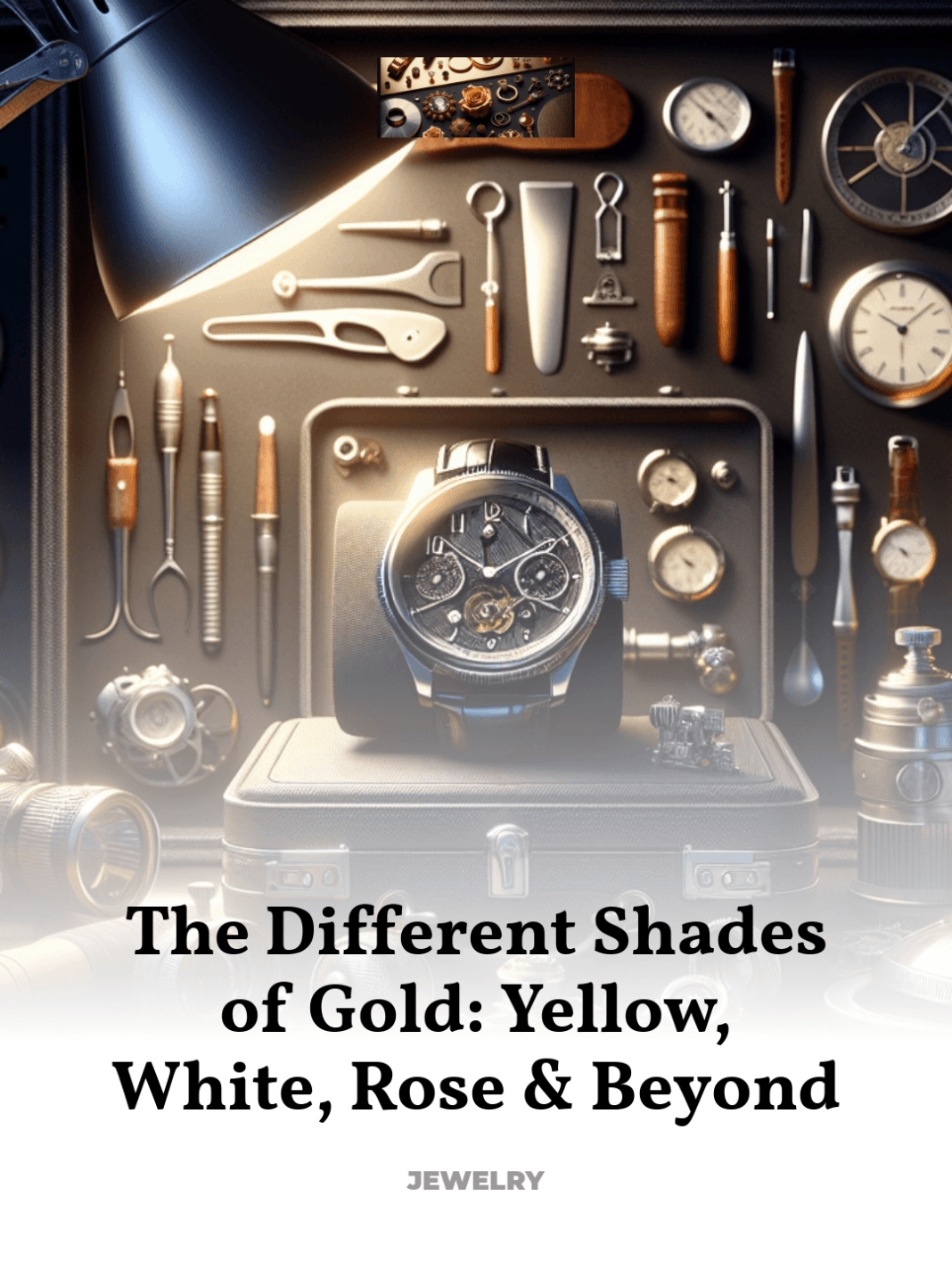What Makes Each Type of Gold Unique in Luxury Jewelry
Gold, in its myriad forms, has captivated the human imagination for millennia. Serving not only as a medium of monetary exchange but also as a symbol of status and beauty, gold continues to hold a significant place in the world of luxury jewelry. Each shades of gold, from the traditional yellow to the modern white and romantic rose, tells a unique story of alchemy, culture, and artistry.
- The Timeless Luster of Yellow Gold
- The Modern Elegance of White Gold
- The Romantic Hue of Rose Gold
- Beyond Traditional: Unconventional Gold Alloys
- Cultural Significance and Artistic Merit
The Timeless Luster of Yellow Gold
Yellow gold, characterized by its warm, bright hue, is perhaps the most classic form of gold used in jewelry. This gold’s timeless appeal lies in its historical and cultural significance, which spans several millennia and various civilizations.
Composition and Properties: Yellow gold is traditionally an alloy of pure gold, silver, and copper. The karat system measures its purity, with 24 karats signifying pure gold. Commonly, jewelry is made from 18, 14, or 9 karats, which indicates the gold’s purity relative to other metals in the alloy, enhancing its strength and durability.
- Historical Roots: The use of yellow gold can be traced back to ancient Egypt, where gold was believed to be the skin of the gods, particularly the sun god Ra. This historical reverence contributes to its continued popularity in modern luxury jewelry.
- Artistic Techniques: Over the centuries, craftsmen have honed techniques such as filigree and granulation, which are particularly suited to yellow gold, to create pieces that are not only ornamental but also structurally superior.
The Modern Elegance of White Gold
White gold represents a more contemporary chapter in the history of gold jewelry. Appreciated for its sleek, silvery appearance, white gold is an alloy of gold and at least one white metal, usually nickel, silver, or palladium.
Creation and Innovation: The invention of white gold can be attributed to the need for a cost-effective substitute for platinum in the early 20th century. Today, it is favored for its modern aesthetic and versatility, particularly in engagement rings and wedding bands.
- Rhodium Plating: Most white gold jewelry is coated with a thin layer of rhodium, a platinum-group metal, which enhances its whiteness and durability. This plating needs periodic renewal to maintain its color and luster, which is a consideration for longevity and care.
- Design Preferences: The neutral color of white gold complements diamonds and other precious stones, allowing their colors to shine vividly, making it a popular choice in fine jewelry design.
The Romantic Hue of Rose Gold
Rose gold, with its distinctive pinkish-red tint, is a blend of pure gold with copper and sometimes a small amount of silver. This alloy not only strengthens the gold but also gives it a warm, soothing tone that has recently seen a resurgence in popularity.
Historical and Cultural Background: Also known as Russian gold, rose gold first gained prominence in early 19th-century Russia when Carl Fabergé, famed for his exquisite Fabergé eggs, favored this alloy. Today, it is celebrated for its vintage appeal and romantic connotations.
- Aesthetic Appeal: The soft glow of rose gold flatters all skin tones, making it an increasingly popular choice for jewelry that conveys warmth and affection, such as engagement rings and anniversary gifts.
- Versatility: Rose gold’s unique color complements both vintage and contemporary designs, making it versatile for various jewelry styles.
Beyond Traditional: Unconventional Gold Alloys
The innovation in gold alloys does not stop at yellow, white, and rose gold. Jewelers and metallurgists continue to experiment with different metal combinations to create unique hues and properties in gold.
Examples of Novel Alloys: Green gold, or electrum, is an ancient alloy made by mixing gold with silver, which has a subtle greenish cast. More exotic options include purple gold, which is an alloy of gold and aluminum, and blue gold, made with gold and indium.
- Technological Advances: These unconventional gold types are not only a testament to human creativity but also to technological advancement in metallurgy. They expand the artistic palette for designers and offer consumers new ways to express their individuality through luxury jewelry.
Cultural Significance and Artistic Merit
The allure of gold in jewelry transcends its monetary value, touching on deeper cultural, artistic, and personal expressions. Each type of gold carries its own cultural backstory and artistic heritage, making it a perennial favorite in the luxury goods sector.
Symbolism and Expression: Gold jewelry is often imbued with significant meaning, serving as a symbol of status, achievement, and love. Its enduring presence in cultural traditions around the world underscores its universal appeal and timeless value.
- Artistic Expression: The choice of gold type can influence the design and craftsmanship of jewelry pieces. Artisans choose specific types of gold to best express their artistic vision, whether through intricate classical designs or minimalist modern pieces.
For further exploration into the fascinating world of gold in luxury jewelry, esteemed sources such as the Metropolitan Museum of Art’s Gold Collection provide extensive insights and historical context.
In conclusion, the different shades of gold in jewelry not only offer a variety of aesthetic choices but also carry rich cultural histories and artistic significance. Whether yellow, white, rose, or beyond, each type of gold continues to play a crucial role in the world of luxury jewelry, cherished for its beauty and the craftsmanship it inspires.



